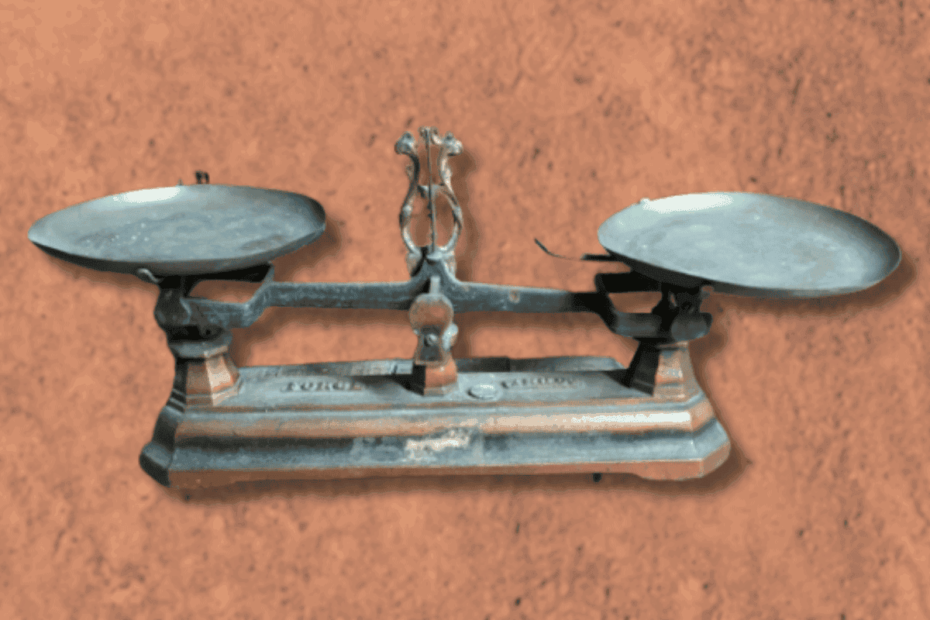A Personal Odyssey into Measurement‘s Magical Realm
When I first inherited my grandfather‘s brass beam scale from the late 19th century, I had no idea I was embarking on a lifelong passion that would transform my understanding of human innovation. Each polished surface, each carefully calibrated mechanism whispered stories of craftsmanship, technological evolution, and human ingenuity.
The Heartbeat of Civilization: Scales as Cultural Artifacts
Imagine a world where precision was more than a technical requirement—it was a sacred art. Antique scales aren‘t merely instruments; they‘re time capsules capturing humanity‘s relentless pursuit of accuracy and understanding.
Ancient Roots: Where Measurement Began
Our journey starts in ancient Mesopotamia, where the first balance scales emerged around 5000 BCE. These weren‘t just tools—they were symbols of fairness, trade, and social organization. Merchants in bustling marketplaces would carefully balance their scales, knowing that a fraction of a gram could mean the difference between prosperity and ruin.
In Egypt, scales transcended commerce. They represented cosmic balance, with the god Anubis weighing human souls against a feather of truth in the afterlife. Can you feel the profound significance? These weren‘t just mechanical devices but philosophical statements about justice and equilibrium.
The Technological Symphony: Evolution of Measurement
Mechanical Marvels: Crafting Precision
As centuries passed, scale design became increasingly sophisticated. The Renaissance period saw remarkable innovations. Craftsmen weren‘t just creating measurement tools; they were engineering poetry in metal and wood.
Consider the intricate spring balances of the 17th century. Each mechanism represented months of painstaking design, with artisans understanding not just mechanics but the delicate dance of physics. These weren‘t mass-produced items but individual masterpieces, each telling a unique story of human creativity.
Materials: Beyond Simple Functionality
The materials used in antique scales reveal fascinating cultural narratives. Brass scales from colonial India showcase intricate engravings reflecting local artistic traditions. German precision scales from the early 20th century demonstrate engineering excellence, with tolerances that would impress modern manufacturers.
The Collector‘s Perspective: More Than Monetary Value
When I examine an antique scale, I‘m not just assessing its market price. I‘m connecting with generations of human innovation. Each scratch, each patina tells a story of hands that crafted, traded, and measured.
Valuation: A Complex Tapestry
Determining an antique scale‘s worth isn‘t a straightforward mathematical equation. It‘s an art form combining historical research, technical understanding, and intuitive appreciation.
Key valuation factors include:
- Provenance and historical documentation
- Manufacturing technique complexity
- Original condition
- Rarity of design
- Cultural and geographical origin
A seemingly simple balance scale from a small European workshop might be worth thousands, while a more elaborate piece could be relatively inexpensive if its historical significance is limited.
Global Perspectives: Scales Across Cultures
European Precision vs. Asian Craftsmanship
European scales often emphasized mathematical precision, reflecting the continent‘s scientific revolution. In contrast, Asian scales, particularly those from China and Japan, integrated aesthetic beauty with functional design.
A Japanese merchant‘s scale from the Edo period might feature delicate wooden components and hand-forged metal elements, representing a philosophy where utility and beauty are inseparable.
Preservation: Breathing Life into Historical Artifacts
Preserving antique scales requires more than technical knowledge—it demands respect for historical narrative. Restoration isn‘t about making something look new but maintaining its authentic story.
Conservation Techniques
Proper conservation involves:
- Minimal invasive interventions
- Understanding original manufacturing techniques
- Using period-appropriate restoration materials
- Documenting every restoration step
Investment and Collecting Strategies
Building a Meaningful Collection
Successful collecting isn‘t about accumulation but curation. Each piece should resonate with you, telling a story that connects with your understanding of human progress.
Emerging collectors should:
- Study extensively
- Network with experienced collectors
- Attend specialized auctions
- Develop a nuanced understanding of historical context
The Future of Antique Scale Collecting
Technology continues evolving, but our fascination with precision remains constant. Digital scales might dominate modern markets, but the soul of measurement lives in these historical artifacts.
Young collectors are discovering the magic of mechanical precision, seeing these scales as more than historical curiosities—they‘re tangible connections to human innovation.
Closing Reflections: A Living History
Every time I hold my grandfather‘s scale, I‘m reminded that we‘re part of a continuous narrative of human achievement. These aren‘t just collectibles; they‘re chapters in our collective story of understanding, precision, and wonder.
In the end, collecting antique scales is about preserving stories—stories of innovation, craftsmanship, and the human spirit‘s relentless pursuit of understanding our world, one precise measurement at a time.
